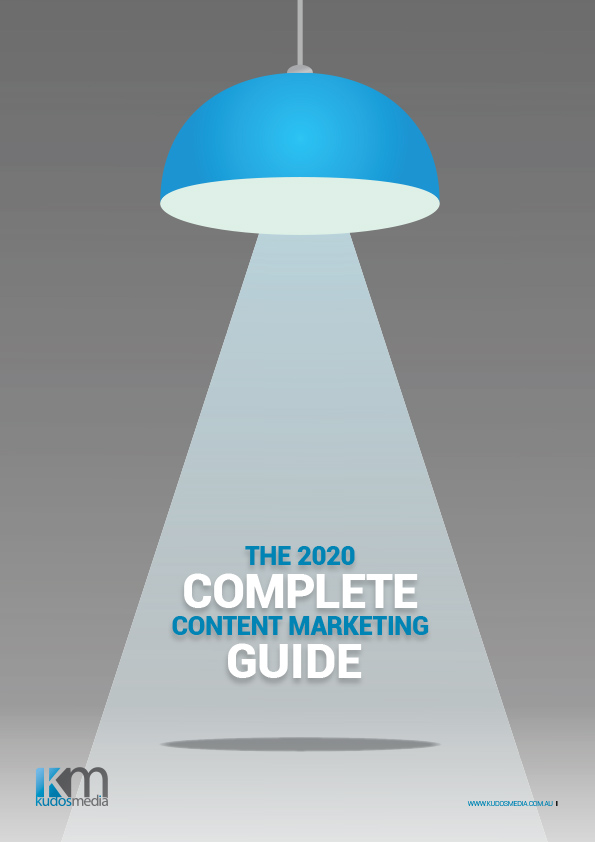9 things you MUST know about SEO
 Search Engine Optimisation (SEO) is a combination of many things (for Google, over 200 factors contribute to how they rank web pages) however SEO at its heart it is about ensuring search engines can easily discover and view your site and its content and regularly serve it to their audience.
Search Engine Optimisation (SEO) is a combination of many things (for Google, over 200 factors contribute to how they rank web pages) however SEO at its heart it is about ensuring search engines can easily discover and view your site and its content and regularly serve it to their audience.
Some of the 200+ factors you can work on yourself. Some will require a SEO or web development specialist, in which case having an understanding will help you liaise with them and understand what they are charging you for. Following are nine things you must know about SEO:
1) Keywords: Know which keywords and phrases you want to rank for (your customers are searching for) and how you are currently ranking for those keywords. Google Keyword Planner is popular, however it is focused on Pay-Per-Click (PPC) rather than native ranking results. Other good research tools include Wordtracker, SEMRush and the Google search bar itself which offers potential keywords.
2) Content: Focus on quality content that your target market desires to consume and build it around the keywords you desire to rank for. Do not lose sight of the content’s goal – to engage your market.
3) Tell search engines about what is contained in content through a series of tags and descriptions (on words / images / videos) that the general public may or may not see, but that search engines use to help determine what your content is about. Tags can be optimised for the keywords and phrases you wish to rank for, however if those keywords aren’t relevant to the content being served then it may not be what people expected, in which case those people won’t stay around long, increasing your bounce ratio (see below).
4) Optimise content that appears in search results such as Rich Snippets, headings and URLs to reflect the content on a particular page and the keywords you want to rank for. Quality headings, titles and snippets will encourage people to click, and they will have a good idea of what to expect – decreasing your bounce ratio.

5) Bounce Ratio and stickiness of your site: Found in Google Analytics, these reports describe how many pages on your site people visit and how long they stick around when they arrive on your website – an indication of the value and relevance of your content, as well as the quality of your website design, its flow and the discoverability of information. Google factors bounce ratio into your ranking only when people land on your site from the search engine and click back to the search engine without visiting any other pages, indicating your site was not relevant for the search term. A good bounce rate varies depending on your industry and the goal of your site but generally, less than 50 per cent is considered quite good. Analytics also enables the analysis of which pages or posts are driving people away and which are encouraging them to stay, enabling you to “optimise” those pages. This won’t directly affect your search engine rankings, but it will help SEO on a holistic level.
6) Backlinks: Are other websites linking to your website? What authority do those websites carry? The best way to build backlinks is by creating amazing content that people want to share with others. You should also contact influential people in your industry and encourage them to share your content or offer to guest post. You can also use social bookmarking sites and comment on blogs and other relevant sites – although beware of just spamming your link out anywhere and everywhere as it may do more harm than good. Instead, spend the time to build and engage with specific relevant communities. It should be noted that Google has stated social shares do not contribute to ranking results, party because much of social media is password protected. Google has said that high social sharing matching high ranking pages “is correlation only and not causation” in that the content is good and so it is popular everywhere! That said, content you post on social media that is discoverable will show up in search results and social media is an incredibly powerful traffic driver in its own right.
7) Site Speed: How fast your site loads. If your images are huge, your server/web host is slow or your code is messy, Google will smite you.
8) Establishing Webmaster Tools: submit an XML sitemap, set a preferred domain and the country that domain mostly targets. Also ensure search engines can “crawl” and “index” your site and pay attention to any errors.
9) Content Originality: If identical content on your site is found elsewhere, this will lower your ranking. Don’t plagiarise, and even if you have the authority to use someone else’s content, change it up before you publish it.
In the end, content always wins.
For more detail on all of the above check out Google’s SEO guide or contact Kudos Media.
DOWNLOAD our Complete Content Marketing Guide
The Complete Content Marketing Guide is a 30-page white paper detailing all aspects of developing, refining and implementing a content marketing and marketing automation strategy.

Content Marketing Strategy Development
Establishing Content Marketing Goals
Audience Analysis
Marketing Automation
Content Metrics and ROI
– Digital Content Distribution:
– Social Media
– SEO
– Video
– E-Newsletters
– Content Seeding and Amplification
Print Content Considerations
Legal considerations





